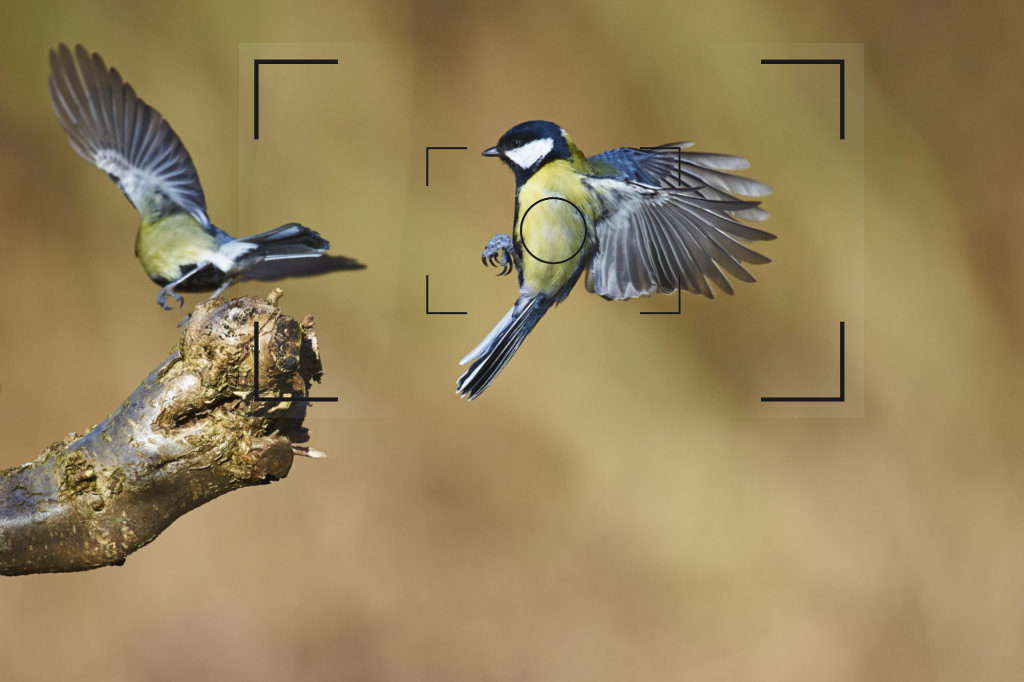The role of AI in bird watching
Artificial intelligence (AI) has become a powerful ally in the study and conservation of biodiversity. This is the idea that AIR Institute is working with in the IA4Birds project, taking into account previous studies such as the one carried out by a team of researchers from Daffodil International University in Dhaka, Bangladesh. Led by Farhan Mashuk, the team has developed an innovative model that uses machine learning, specifically convolutional neural networks (CNNs), to detect birds in images with a remarkable accuracy of 95.52%.

Bangladesh is known for its rich biodiversity, home to approximately 575 species of migratory birds, but faces the challenge of preserving its natural heritage amidst rapid urbanisation and technological advancement. This context highlights the importance of developing tools that not only contribute to nature conservation, but also bring new generations closer to the ecological richness of their environment. Mashuk and his team's project focuses on the development of a system capable of identifying birds from images, using a deep learning model based on convolutional neural networks. This model was trained on a dataset of almost 1,500 images of nine different bird species, achieving an impressive validation accuracy of 95.52%.
The researchers from the IA4Birds project are looking forward to this success, because after acquiring the equipment for the detection of birds by image and audio, the work of the specialists in artificial intelligence is about to begin. IA4Birds, a project coordinated by AIR Institute and funded by Fundación Biodiversidad, aims to use artificial intelligence to monitor bird populations, using audiovisual devices, and thus, through greater knowledge, prevent threats and decide whether or not a site is suitable for the construction of a wind farm.
The Bangladesh study confirms that the adoption of AI technologies not only offers a valuable tool for biodiversity monitoring and research, but also represents a unique educational opportunity. Furthermore, by enabling people, especially young people and children, to easily identify bird species in their environment, it fosters greater awareness and appreciation of nature and its conservation. However, despite the promising results, the researchers recognise the need to improve the computational efficiency of the model and its ability to adapt to video detection. In addition, the expansion of the dataset and diversification of the classes of detectable objects is envisaged, as well as the development of mobile applications that facilitate the identification of birds in real time. This project not only highlights the potential of machine learning in the field of ornithology and nature conservation, but also underlines the importance of technology as a bridge between the younger generation and the natural world.
As we move towards a more digitised future, initiatives such as this one reinforce hope in the ability of technology to contribute positively to the preservation of our planet. In the case of the IA4Birds project, it is supported by the Biodiversity Foundation of the Ministry for Ecological Transition and Demographic Challenge (MITECO), within the framework of the EU-funded Recovery, Transformation and Resilience Plan (PRTR) - NextGenerationEU.
References
- He, K., Gkioxari, G., Dollar, P., & Girshick, R. (2017). Mask R-CNN. En ICCV.
- Girshick, R., Donahue, J., Darrell, T., & Malik, J. (2014). Rich feature hierarchies for accurate object detection and semantic segmentation. En CVPR.
- Chen, D., Hua, G., Wen, F., & Sun, J. (2016). Supervised transformer network for efficient face detection. En ECCV.
- Dai, J., Li, Y., He, K., & Sun, J. (2016). R-FCN: Object detection via region-based fully convolutional networks. En Advances in Neural Information Processing Systems.
- Ioffe, S., & Szegedy, C. (2015). Batch normalization: Accelerating deep network training by reducing internal covariate shift. arXiv preprint arXiv:1502.03167.